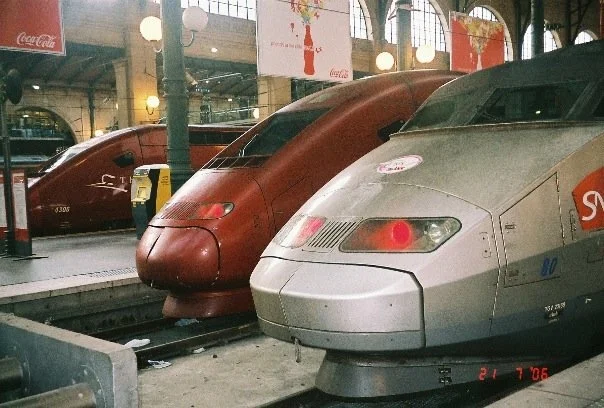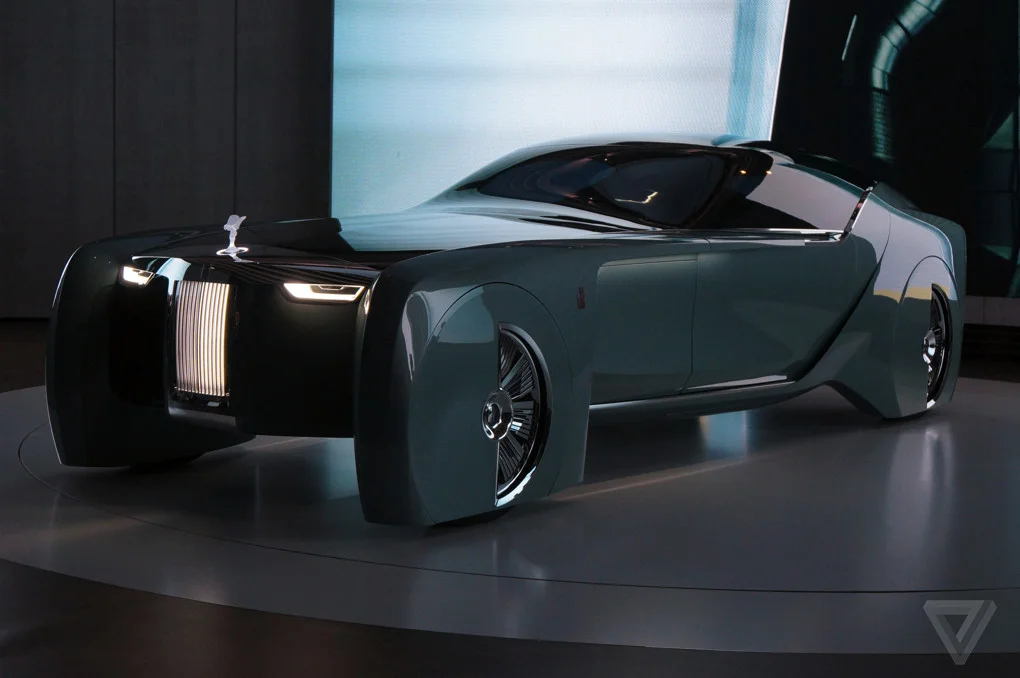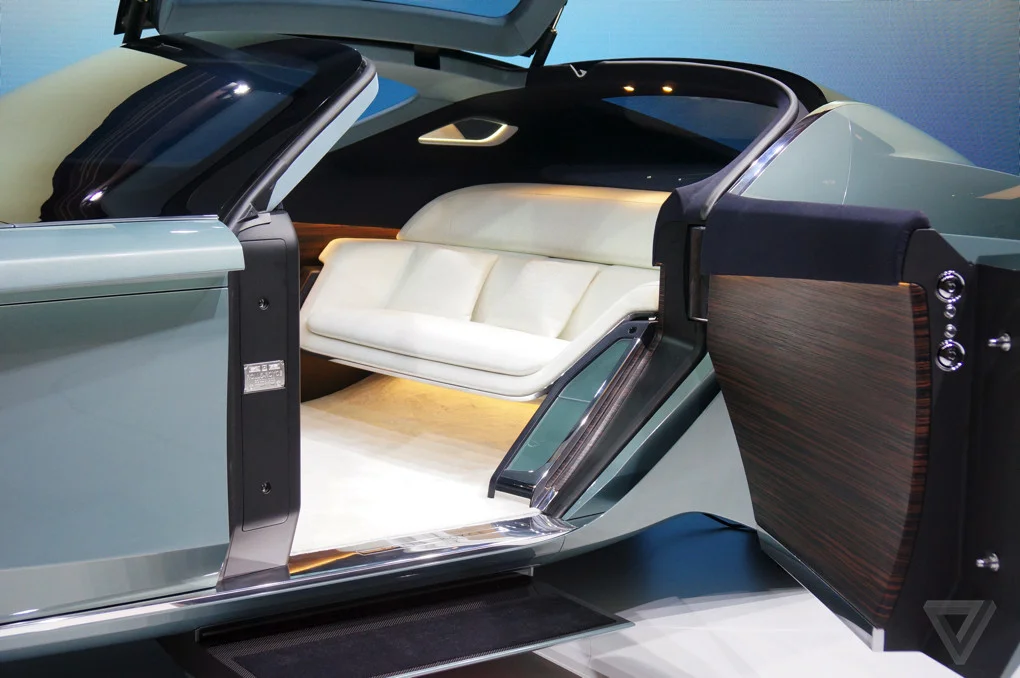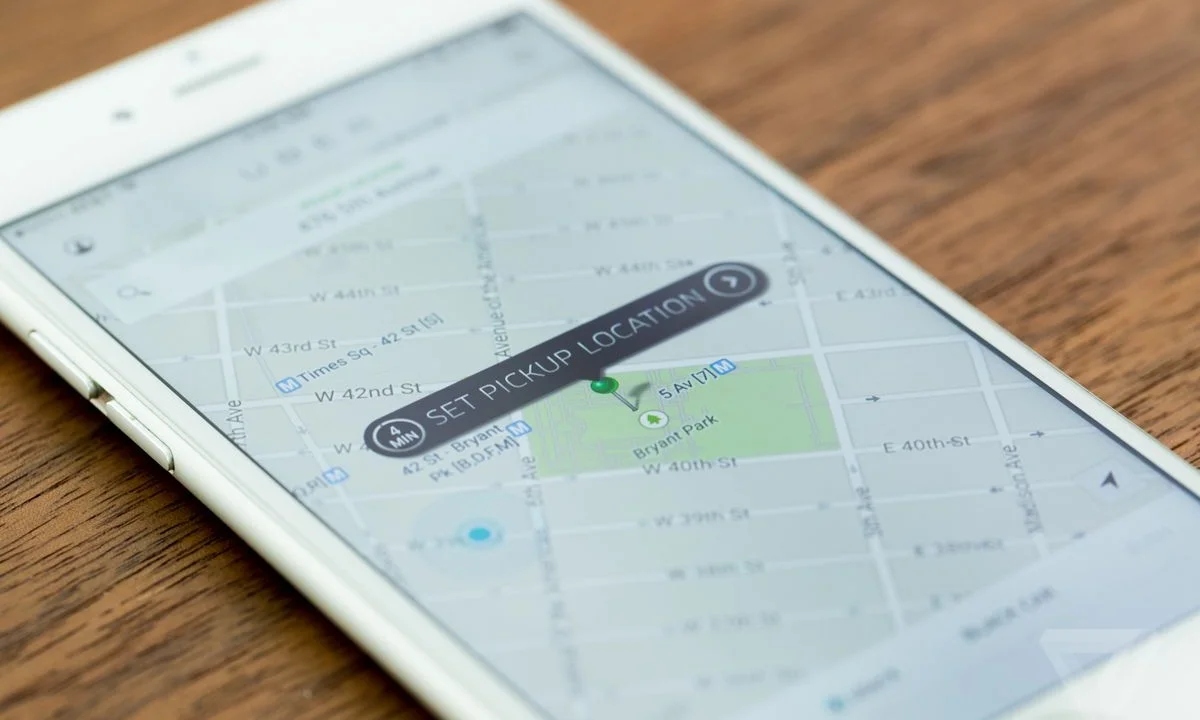Gearing up for autonomous cars, through brand loyalty strategy
As I transition into a career in strategy, I am often asked what industries interest me. While my passion for fashion luxury has overwhelmingly declined (it is all a saturation of recycled 90’s trends, streetwear, and designer roulette), I still hold an affinity for luxury. My attention however, has turned to industries that in my opinion are the new purveyors of luxury—health and fitness for example. But people are often perplexed by my interest in the automotive industry. This makes all the more sense, when you learn that I have driven a car only a handful of times and that I don’t have a driver’s license. But I do indeed love cars, they satisfy three of my passions: luxury, consumer experiences, and transportation.
I have always been interested in transportation. When I visited Paris for the first time when I was fourteen, all I wanted was to ride the TGV. When I was kid, I would take maps of the Bay Area and draw what I thought would be the perfect subway system. Maybe it was the strategist within me, but all I wanted was to make the city more efficient. It is no surprise that transportation policy was my favorite class while studying Urban Planning. Like Advertising, Urban Planning fed my need to problem solve and conjure up visions of what could be.
That is exactly why I am so enthralled by the automotive industry. Some may be daunted by advents such as Lyft and Uber, autonomous cars, scooters, or hyper-loop, and how they will turn the industry on its head. However, this only provides us with opportunities to problem solve and innovate. Opportunities that can lead to beautiful consumer experiences and the nurturing of loyal relationships between brands and their customers. At the end of the day this is a strategist’s truest value—to intimately understand how clients make money, and see opportunities. Like Foucault once said: “I'm no prophet. My job is making windows where there were once walls.”
The Autonomous Cars Are Coming
According to Henrik Christensen, head of UC San Diego's Contextual Robotics Institute, children born in 2017 may never experience driving. This is because all of the major car companies plan to have fully autonomous cars in 10 to 15 years. Leading the pack is Ford who plans to have an autonomous fleet on the road for ride-hailing by 2021.
However it is not as easy as “if you build it, he will come”, and auto companies that are betting on this strategy are in for a surprise. This is because it is not just the technology of cars that is changing. Consumer sentiment and behavior when it comes to transportation is shifting as well, meaning that driver and consumer experiences will also have to be overhauled. Automakers that plan to remain relevant come 10-15 years, must remain cognizant of these changes to meet the needs of their consumers.
The Transportation Paradigm Shift
The biggest shift within transportation policy comes from ride sharing. Since their inception, ride-share companies like Lyft and Uber have completely changed the way we move around cities. I moved to New York City three years ago, and still haven’t hailed my own cab. While not without their fair amount of controversy, these platforms are more efficient, economical, safer, and seamless. These benefits are only possible because of their mobile platforms, which are as indispensable as Instagram on your phone. However, have ride-sharing platforms also changed our perception of owning a car?
While this might be a stretch, consumer sentiment (especially that of Millennials and Gen-Z cohorts) towards car ownership has changed, with overall interest in owning a car decreasing. Two additional reasons to car sharing that are driving Millennials and Gen-Z to opt out of owning a car are: (1) The Fifth Migration and (2) an overall shift in how we spend money and share our status among our peers.
The term Fifth Migration was first coined in 2005 by Robert Fishman, Professor of Architecture and Urban and Regional Planning at the University of Michigan, to describe people leaving suburbia to repopulate American cities. This phenomenon is largely driven by Millennials. According to a 2014 Nielsen report 62% of Millennials lived in urban centers where they have the access to amenities like shops, restaurants, and offices. Perhaps an even more important figure is that 40% of these individuals would like to remain in urban areas, often only choosing the suburbs because they are priced out of expensive city centers. “As a result, for the first time since the 1920s growth in U.S. cities outpaces growth outside of them.”
With such an influx of individuals into American Cities, Urban Planners and Traffic Engineers have had to completely rethink how to design cities. In an effort to maintain efficient, healthy, and safe communities; planners have opted for initiatives that give automobiles less priority, like road diets and protected bike lanes. New York City for example added more than 1000 miles of bike lanes (100% protected), between 2008 and 2018.
In addition to The Fifth Migration there has been a paradigm shift in consumerism, where consumers are opting to spend their money on experiences instead of tangibles. I explore this further in The Luxury Cultural Tension. While in the past owning a car was a status symbol and part of the American dream, Millennials and Gen-Z don’t care to own things. As Sheryl Connelly of Ford Motor Co. offers, members of the Gen-Z don’t see their car as a status symbol and are “much more likely to find value in experiences than they are to find value in things.”
This shift in how Millennials and Gen-Z spend money, and their sentiment towards ownership is something that Volvo has caught on to, recently creating the Care by Volvo program. In an attempt to make the brand relevant to a generation accustomed to subscription services such as Netflix, Spotify, and the iPhone Upgrade Program, Care by Volvo allows drivers to sign up for a 24-month subscription service that includes insurance, maintenance and concierge services for a flat $600 monthly fee.
From Goods to Services
Christensen is not alone, both Tesla CEO Elon Musk and Lyft co-founder John Zimmer, believe car ownership will cease to exist in 20 years. While some automotive companies may produce autonomous cars for those at the top of the income bracket, because “the technology would prove expensive for individual consumers” most will not own a car. In effect we will do away with car financing, as people “pay to use one of many “fleet” cars, provided by vendors such as Waymo, Uber, Ford etc.”
My vision is that the automotive industry will come to mirror the airline industry. Instead of paying for a product you are paying for a service, as most individuals can’t just go out and buy a plane. Thus, for most commuters the experience won’t be all that different from ordering a Lyft or an Uber—except that these cars will not have any wheels, pedals, or hand-operated gears. Passengers will get in, and the autonomous vehicle will transport them to a pre in-puted destination.
However, just how there are those who own private jets, or travelers who prefer to fly business or first class, some people will want something a little more special from their autonomous ride. Therein lies the opportunity to provide consumers with beautiful experiences. In addition to reports showing that autonomous cars will be safer; by not having to drive cars ourselves, autonomous cars are giving us the most amazing gift of all, time. What will we do with all this extra time inside these cabins of the future? Surely there has to be a difference between riding with BMW, Ford, Rolls Royce, or Volvo. From sleeping, relaxing, to making an espresso, or simply watching a movie; what automotive companies decide to do with their cabins will have a deep impact on the loyalty of their customers.
Volvo for example foresees two viable business spaces where its brand will operate. The first is B2B, where businesses will buy into Volvo’s autonomous service and offer it as a perk to its employees or clients. The autonomous service would be “door-to-door travel with a plethora of amenities." Another space where the brand plans to compete in, is that of short haul flights, where it provides a hassle free alternative to the 125 mile trip between Los Angeles and San Diego for example.
Rolls Royce on the other hand is hunkering down on ownership, believing that the answer to the future of transport is “simply staggering in the extremism of its opulence and swagger.” With the Rolls Royce 103EX, the automaker plans to stand apart by feeling a void in the commoditized market of transport: the void of beauty, space and form. Instead of the usual elements in car, like a steering wheel, Roll Royce has packed this “luxury cocoon” with details such Macassar wood for the interior, and a carpet of "hand-twisted silk." As it notes on its website, “the interior space is designed to be a retreat from the world – evoking a feeling of privacy, warmth and ultimate relaxation.”
Building Loyalty Today for The Cars of Tomorrow
While we can’t know for certain what cars will look like ten years from today, it is suffice to say we will not be driving them. And while some automotive companies have always been known to lead the luxury way (Rolls Royce for example), it is only a matter of time before they all have similar amenities. When you think about it, is there really a difference between flying American or United Airlines? Without implementing a brand loyalty strategy today, and ensuring that the brand remains within consumers’ evoke set, automotive companies are setting themselves for an uncertain business climate, like that of the airline industry.
Source: NPR (2017)
Key in earning this loyalty, is car companies investing in their own proprietary car-hailing platforms. However unlike Lyft and Uber, which are available to everyone, these car-hailing services would only be available to customers of the brand. Take Volvo for example, the brand could add this service to their Care by Volvo program. Should you need a ride to the airport, or perhaps had one too many drinks at the bar, you can request Volvo to come and pick you up. If you own a Volvo and love it, why would you have to sacrifice the experience you have come to love by riding in an alternative? Volvo should be there throughout every transport experience.
Another way to build interest and loyalty for the brand today, is by extending your services into untrodden territories. Ford for example has created a bike share program in the Bay Area, for those who have no interest in buying a car. The purpose here is to remind the consumer of the brand at the nexus of their transportation journeys. I for one think an auto company should take over a subway car or station in New York, charge a premium, and retrofit it to offer an experience that includes designated seating, coffee/ breakfast, and most importantly a clean smelling space.
Encore
I am often perplexed at the dismay on people’s faces when they hear that today’s youth may never experience driving a car—as if something was being taken away. However this could not be further from the truth. For the majority of car owners, the driving experience is tied to commuting—86% according to a Census report. Furthermore as the Washington Post offers, not only are these commutes a waste of precious time, they are also associated with negative impacts on our health and quality of life such as: obesity, high cholesterol, high blood pressure, back and neck pain, divorce, depression and death. Autonomous cars will change that, and make the commuting experience a healthier and more memorable one.
Moreover, as autonomous cars take over the mundane task of commuting, automotive companies can double down their innovation efforts of leisure and sport on manual cars. An example of this in practice comes from Land Rover, which through Land Rover Experiences, allows you to test their fleet of cars through different off-road terrains with the guidance of an instructor. Not only do these experiences allow consumers to push themselves, learn new skills, and explore, but in addition it strengthens their bond with the brand.
I envision that brand strategies of automotive companies will come to more and more resemble that of Land Rover; where consumers can experience their fleets to their full potential. Imagine Autobahn-like corridors where you can race Aston Martins or Lamborghinis. These experiences will finally make the sensation of freedom and exploration that is so fondly associated with cars a reality.
The truth is that autonomous cars aren’t taking anything away, to the contrary of critics, they are providing us with a world of opportunities. Now only one question remains: where to?









